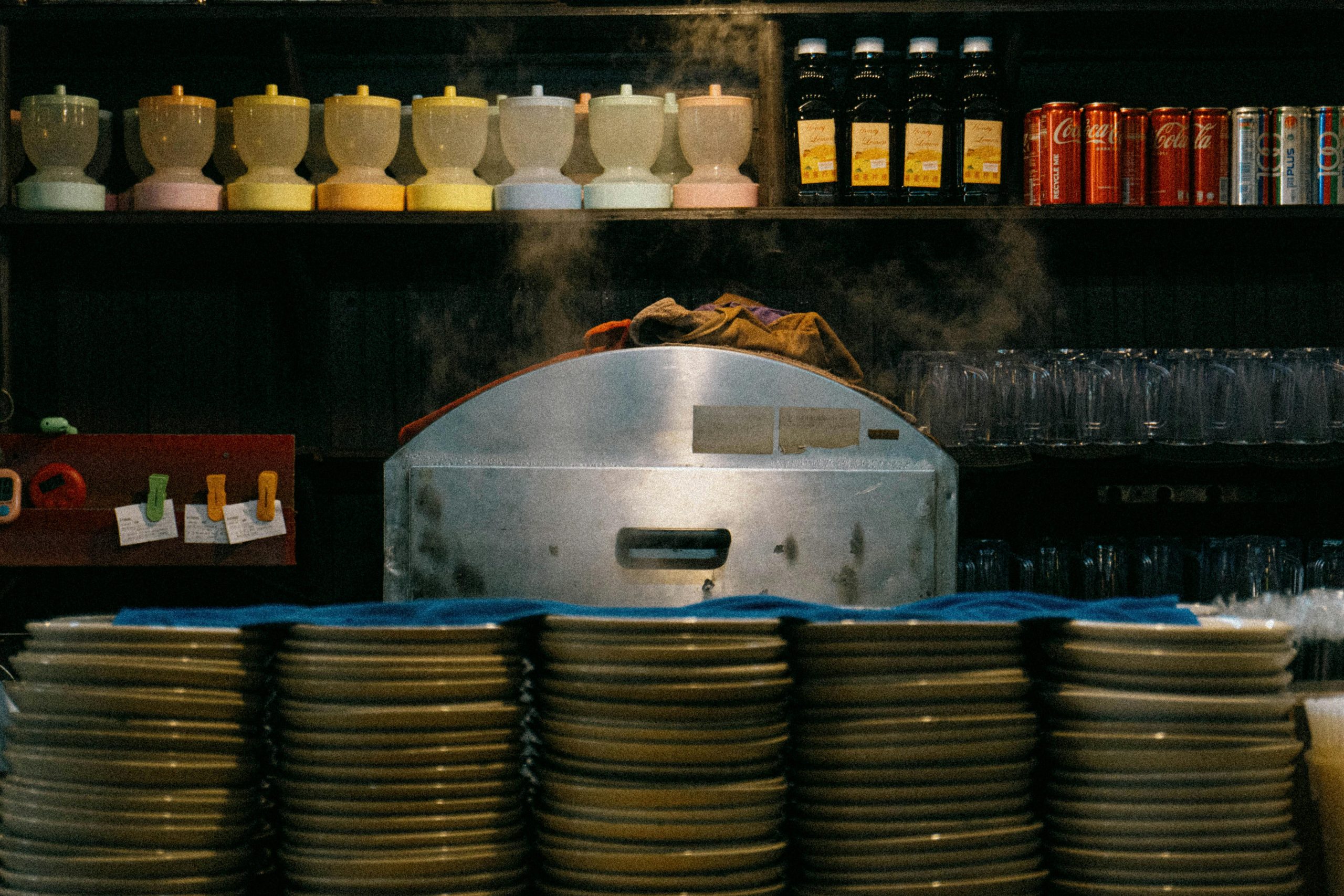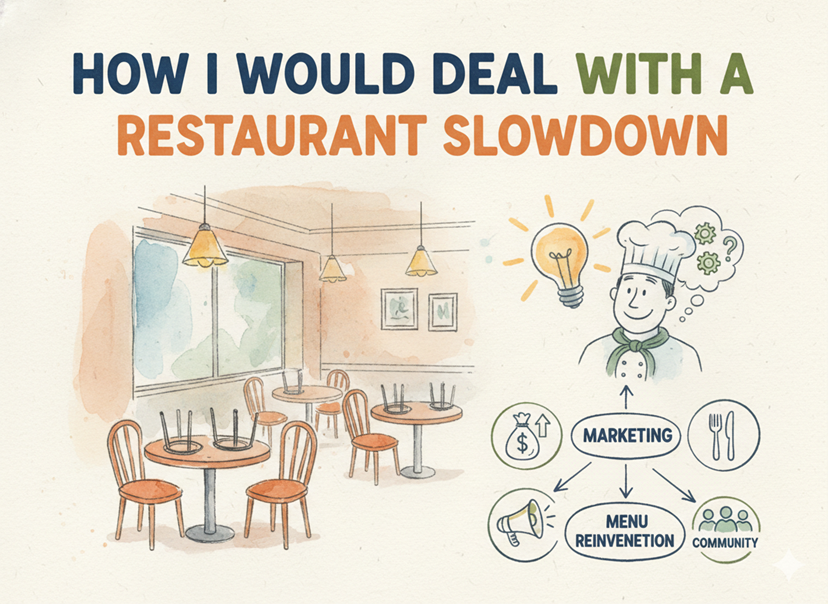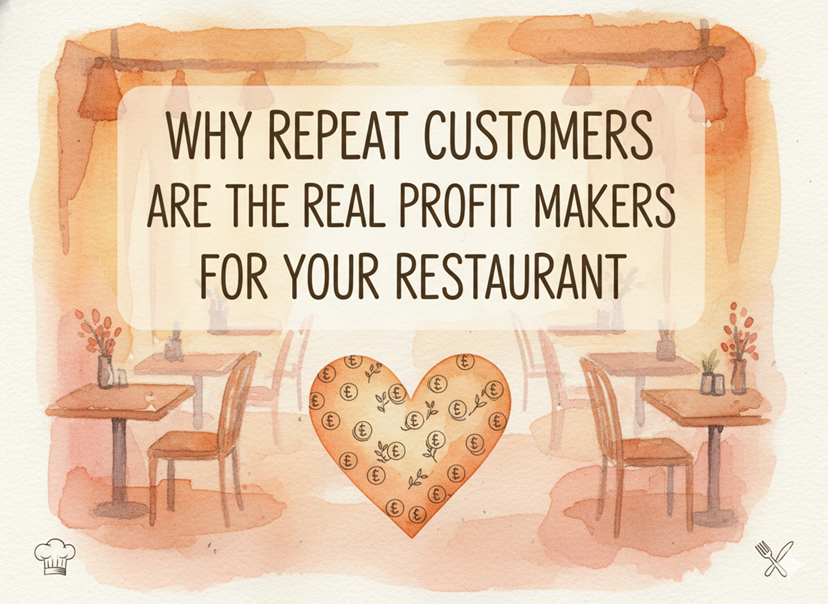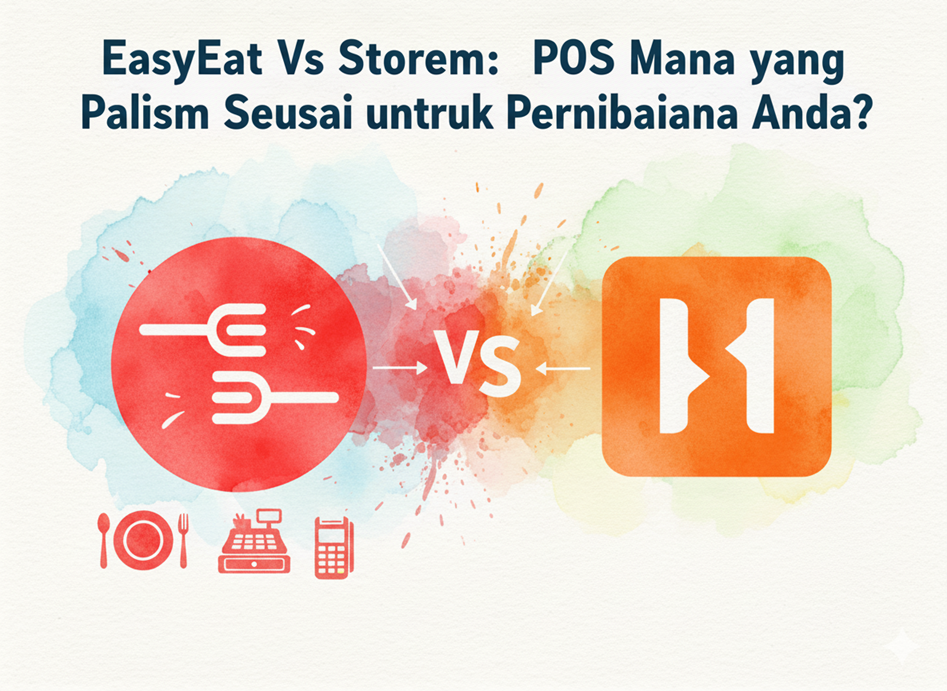First-time restaurant owners are always confused about their next step. Without experience, one small step can lead to huge losses.
You need to find the right location, decide on your restaurant concept, get necessary licenses, set up your kitchen, hire and train staff, create a menu, and get a restaurant POS system to open your first restaurant in Malaysia.
These are just the basics that you need to get right, but do you know what else you should take care of before you start? Read more to find out.
Finding the Right Location
The first thing you need is a good location. A busy area with lots of people walking by can help bring in customers. Places near offices, shopping malls, or residential areas often work well. Think about who your customers will be. If you serve quick meals, being near offices might be best. If you offer family dinners, a neighborhood with homes could be better.
Rent prices can change a lot depending on where you are. In Kuala Lumpur, rent for a small restaurant space can start from RM 3,000 per month. In smaller towns, it might be cheaper. Make sure the place has enough space for your kitchen, seating, and storage.
Deciding on Your Restaurant Concept
What kind of food will you serve? Will it be local Malaysian dishes, Western food, or something else? Your menu should match what people in the area like. A survey by GrabFood in 2023 showed that Malaysian favorites include nasi lemak, chicken rice, and fried noodles. But if you want to try something different, make sure there’s demand for it.
Think about how your restaurant will look. A cozy café, a fast-food spot, or a fine-dining place all need different setups. Your concept will also decide how much you spend on furniture, decorations, and staff uniforms.
Getting the Necessary Licenses and Permits
You can’t just open a restaurant without the right paperwork. Malaysia has strict rules for food businesses. Here are some licenses you’ll need:
Business Registration (SSM): You must register your business with the Companies Commission of Malaysia (SSM). This costs around RM 60 to RM 500, depending on your business type.
Food Handling License (PBT): Your local council (Pihak Berkuasa Tempatan or PBT) will check your restaurant before giving you this license. They look at cleanliness, hygiene, and safety. The cost is usually between RM 200 to RM 500 per year.
Halal Certification (if needed): If you want to serve halal food, you need approval from JAKIM (Department of Islamic Development Malaysia). This process can take a few months and costs around RM 500 to RM 1,000.
Signboard License: Even your restaurant’s sign needs a permit from the local council. Fees vary, but expect to pay RM 100 to RM 300.
Missing any of these can lead to fines or even closure, so make sure everything is in order.
Setting Up Your Kitchen and Equipment
Your kitchen is the heart of your restaurant. You need good-quality equipment to keep things running smoothly. Basics include stoves, fryers, refrigerators, and food prep tables. A small restaurant might spend RM 20,000 to RM 50,000 on kitchen gear.
Don’t forget about safety. Fire extinguishers, exhaust systems, and proper waste disposal are all important. The local council will check these before giving you approval to operate.
Hiring and Training Staff
You can’t do everything alone. You’ll need chefs, servers, cleaners, and maybe a cashier. The number of staff depends on the size of your restaurant. A small place might need 5 to 10 people.
Pay rates vary. Kitchen staff usually earn between RM 1,500 to RM 3,000 per month, while servers make around RM 1,200 to RM 2,000. Training is important—your team should know how to handle food safely and give good service.
Creating a Menu and Pricing Your Food
Your menu should be easy to read and not too long. Too many choices can confuse customers and make cooking harder. Start with a few best-selling dishes and add more later if needed.
Price your food carefully. You need to cover costs like ingredients, rent, and staff salaries while still making a profit. A plate of chicken rice might cost RM 3 to make, but you could sell it for RM 8 to RM 10. Check what other restaurants charge to stay competitive.
Marketing Your Restaurant
Before you open, let people know about your restaurant. Use social media like Facebook and Instagram to post pictures of your food. Offer discounts or free samples to attract first-time customers.
You can also promote your restaurant through EasyEat’s SMS Marketing Feature by sending your customers promotional messages.
Managing Your Money
Starting a restaurant costs money. Here’s a rough breakdown:
Rent deposit: RM 3,000 to RM 10,000 (usually 2-3 months’ rent)
Kitchen equipment: RM 20,000 to RM 50,000
Furniture and decorations: RM 5,000 to RM 20,000
Licenses and permits: RM 1,000 to RM 3,000
Food supplies: RM 2,000 to RM 5,000 (first month)
Staff salaries: RM 5,000 to RM 15,000 (first month)
In total, opening a small restaurant can cost between RM 50,000 to RM 150,000. A bigger or fancier place will cost more.
Keep track of your spending and earnings. Use a simple accounting system or hire someone to help. This way, you’ll know if you’re making money or need to change something.
Getting a Restaurant POS System
This is one of the important things that you just can’t skip out on. When you’re starting, you will be facing a staff shortage, and there will be new things to take care of. In the initial days, people would flock to your restaurant to try out your dishes. To manage their orders, you need a POS system. You cannot handle all this with minimal staff, so get a basic POS system that can help you with at least these basic things. Once you expand, you can consider getting a more elaborate system.
Opening Day and Beyond
When everything is ready, it’s time to open. Make sure your staff is prepared, your kitchen is stocked, and your dining area is clean. The first few weeks might be busy as people try your food. Listen to their feedback and make improvements if needed.
Running a restaurant takes hard work, but with good planning, you can make it successful.




